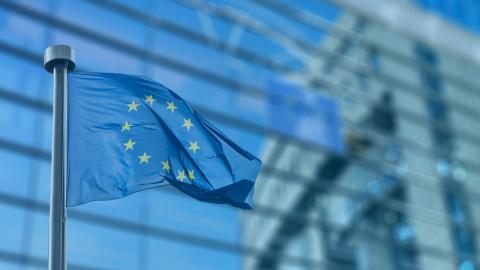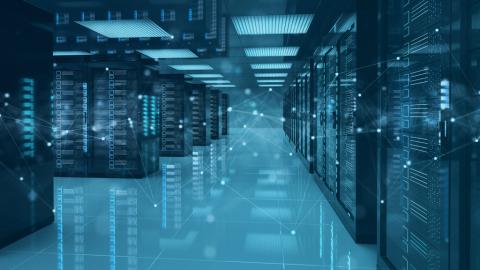Security vulnerabilities in data center infrastructure management (DCIM) software are leaving some operators at risk of cyberattacks.
filters
Explore All Topics
Rising IT power densities are pushing chilled water systems to their limits. AI-driven control offers predictive load management, optimized sequencing and stable delta-T under demanding conditions.
Financial data suggests that hyperscalers' use of colocation facilities has grown substantially over the past few years. Their investments in colocations also show no signs of slowing down.
Water cold plates still lead DLC adoption - but more enterprise operators are considering dielectric cold plates than last year. The next DLC adopters may be amenable to multiple technologies, while remaining cautious about leak risks.
In Northern Virginia and Ireland, simultaneous responses by data centers to fluctuations on the grid have come close to causing a blackout. Transmission system operators are responding with new requirements on large demand loads.
Against a backdrop of higher densities and the push toward liquid cooling, air remains the dominant choice for cooling IT hardware. As long as air cooling works, many see no reason to change - and more think it is viable at high densities.
The European Commission is looking to revise the technical criteria for data centers under its taxonomy for financial sustainability to define what qualifies a data center as being environmentally sustainable.
AWS has recently cut prices on a range of GPU-backed instances. These price reductions make it harder to justify an investment in dedicated AI infrastructure.
Real-time computational fluid dynamics (CFD) analysis is gradually nearing reality, with GPUs now capable of producing high-fidelity simulations in under 10 minutes. However, many operators may be skeptical about why this is necessary.
Several operators originally established to mine cryptocurrencies are now building hyperscale data centers for AI. How did this change happen?
The data center industry is on the cusp of the hyperscale AI supercomputing era, where systems will be more powerful and denser than the cutting-edge exascale systems of today. But will this transformation really materialize?
AI training can strain power distribution systems and shorten hardware life - especially in data centers not built for dynamic workloads. Many operators may be underestimating these risks during design and capacity planning.
Investment in giant data centers and high-density AI infrastructure is driving a surge of interest in digital twins and AI-enabled simulations. However, experience in the field of computational fluid dynamics suggests obstacles lie ahead.
The European Commission's proposed data center rating and labeling scheme will require operators to report a range of operational data. This report details Uptime's official response to the proposals.
The terms "retail" and "wholesale" colocation not only describe different types of colocation customers, but also how providers price and package their products, and the extent to which customers can specify their requirements.
 John O'Brien
John O'Brien
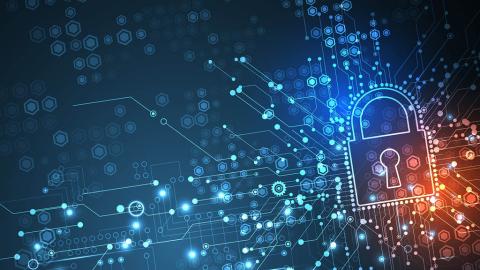
 Dr. Rand Talib
Dr. Rand Talib
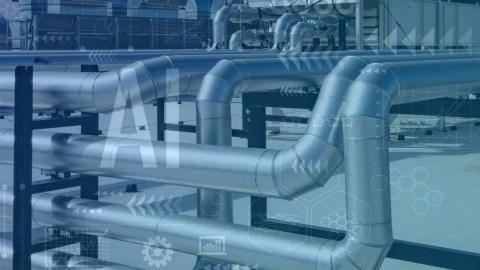
 Dr. Owen Rogers
Dr. Owen Rogers
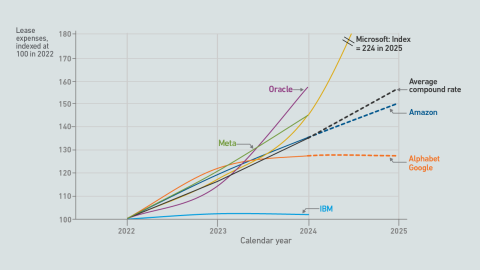
 Jacqueline Davis
Jacqueline Davis

 Peter Judge
Peter Judge
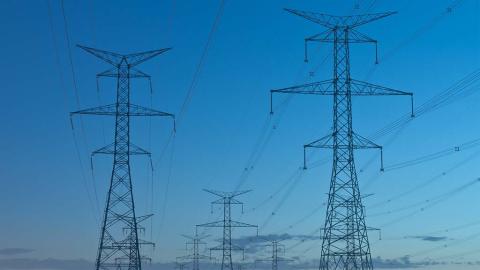
 Daniel Bizo
Daniel Bizo

 Dr. Tomas Rahkonen
Dr. Tomas Rahkonen
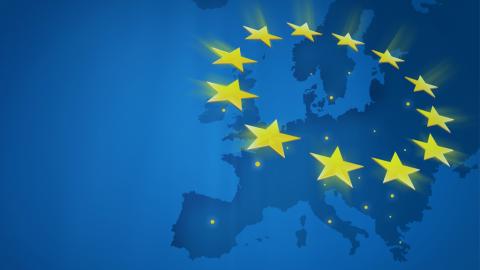

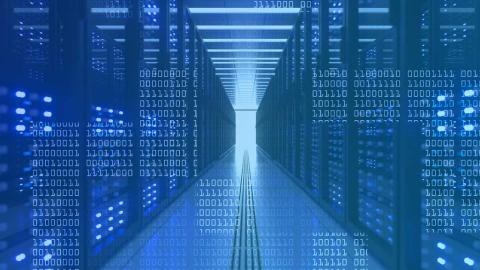
 Max Smolaks
Max Smolaks


 Douglas Donnellan
Douglas Donnellan

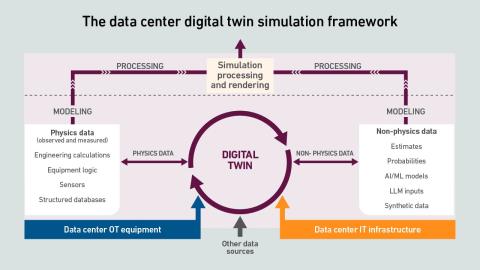
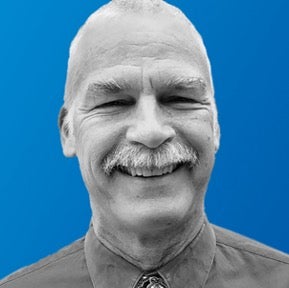 Jay Dietrich
Jay Dietrich
